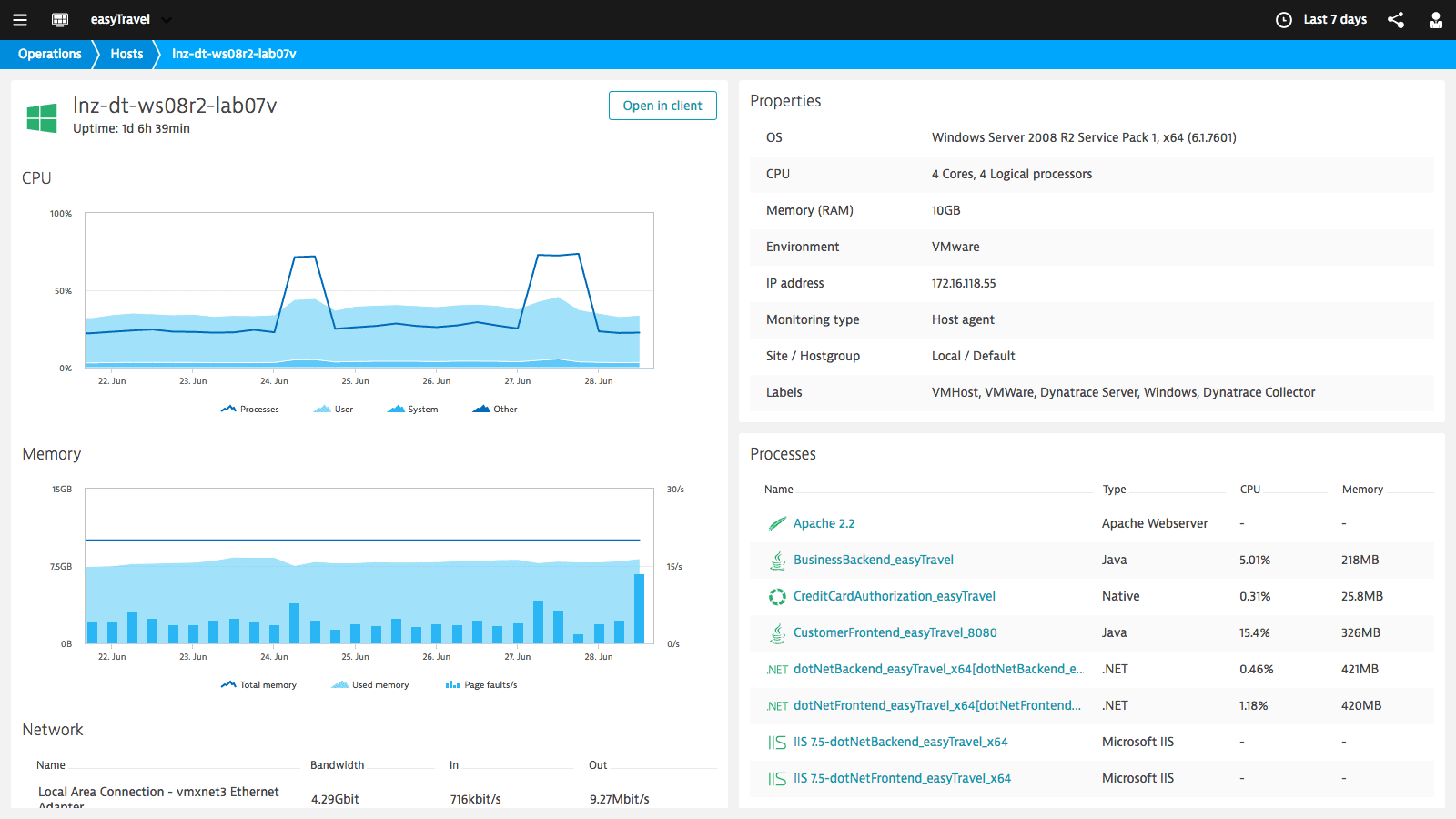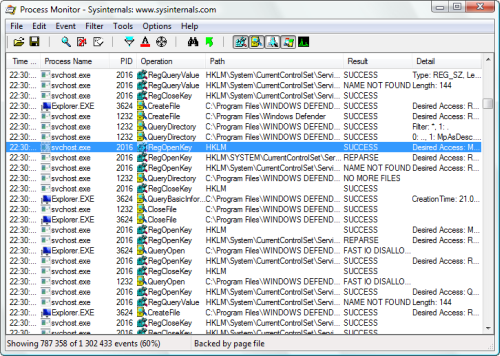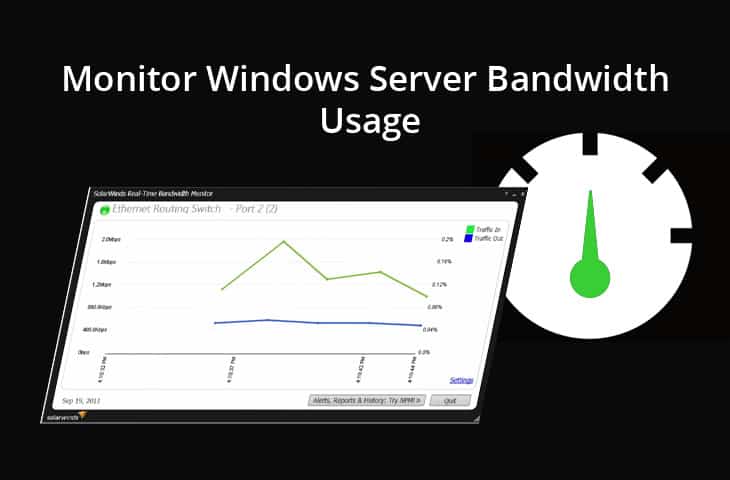


Stage: the stage of the IIS pipeline that the request is currently in.Client: the address of the user that initiated the request.Time: the total amount of time, in milliseconds, the web request has been executing.URL: the complete URL that was being executed.Either way, it returns the same information.

You can view the currently executing web requests via the IIS user interface or command line. Understanding The Results & Things to Look For REQUEST "f20000048000021c" (url:GET /nopcommerce, time:6312 msec, client:localhost, stage:BeginRequest, module:IIS Web Core) C:\Windows\System32\inetsrv>appcmd list requests The appcmd.exe utility can be useful for a lot of things, including the currently running web requests. You can see that each request is in different parts of the ASP.NET pipeline and currently executing different HTTP modules. Here’s an example from one of our servers. If you double-click on a worker process, you can see all of the currently executing requests. You can view which IIS application pool is causing high CPU and view the currently running web requests.Īfter selecting “Worker Processes” from the main IIS menu, you can see the currently running IIS worker processes. Via the IIS management console, you can view the running worker processes. There’s a chance that you could recognize one of the URLs that’s known to take a very long time or cause high CPU issues.Īlthough, this may also show a bunch of web requests that are queued up and not directly lead you to the root cause. This may help you identify a specific URL that is causing the problem. One of the first things you should do is see which web requests are currently executing.

To start, you should look at which web requests are currently executing with IIS to see if that helps you identify the issue to be able to troubleshoot IIS worker process. We’ll cover some of the top reasons and how to troubleshoot IIS performance problems. There are a lot of reasons that your IIS worker process ( w3wp.exe) could be using a lot of CPU. In this post, we’ll discuss some tips to identify what’s causing high CPU usage for your ASP.NET web applications. Having IIS performance problems? Do you have w3wp.exe high CPU usage? How do you troubleshoot IIS Worker Process High CPU usage?


 0 kommentar(er)
0 kommentar(er)
